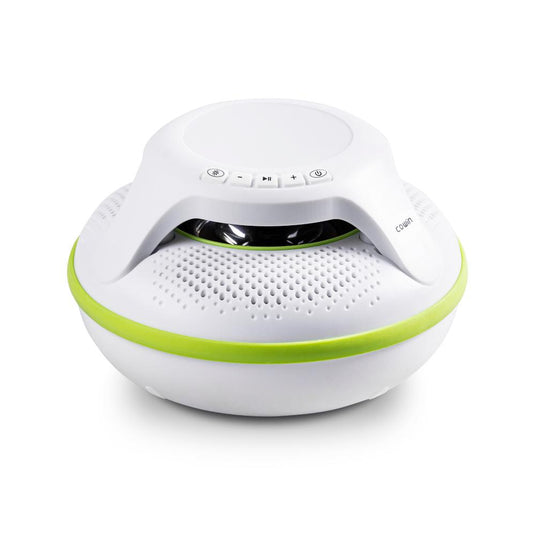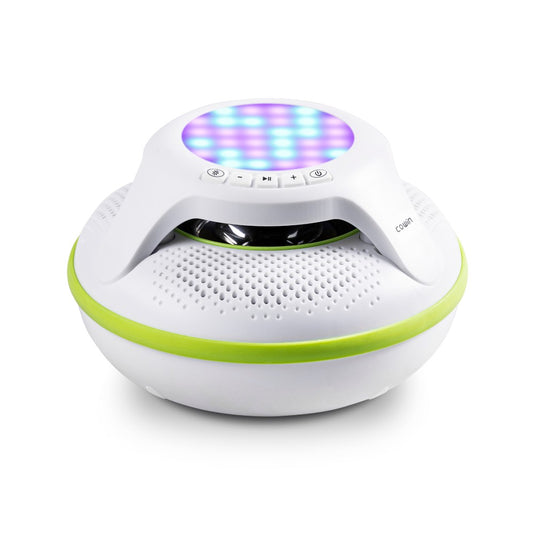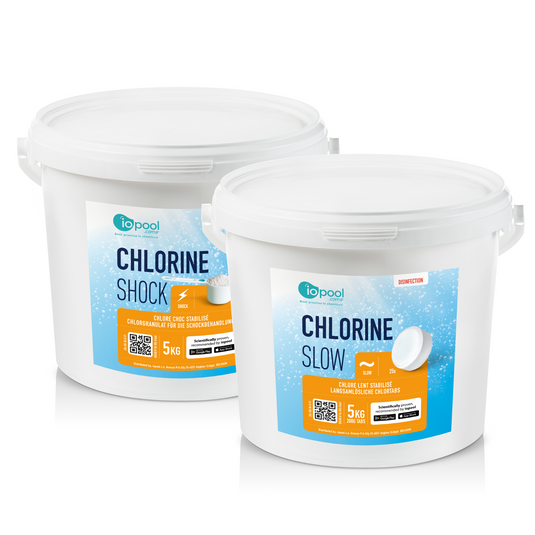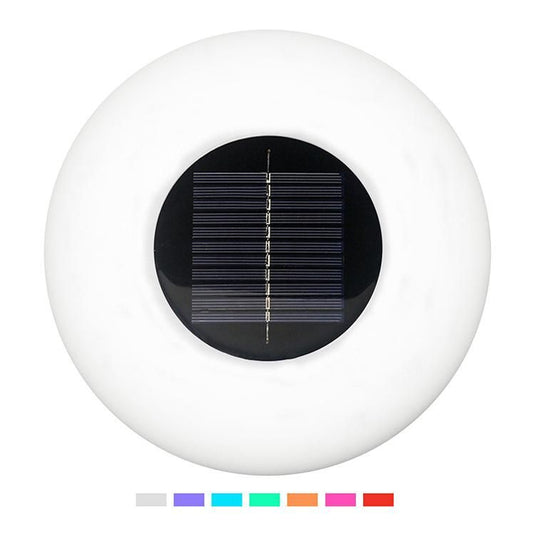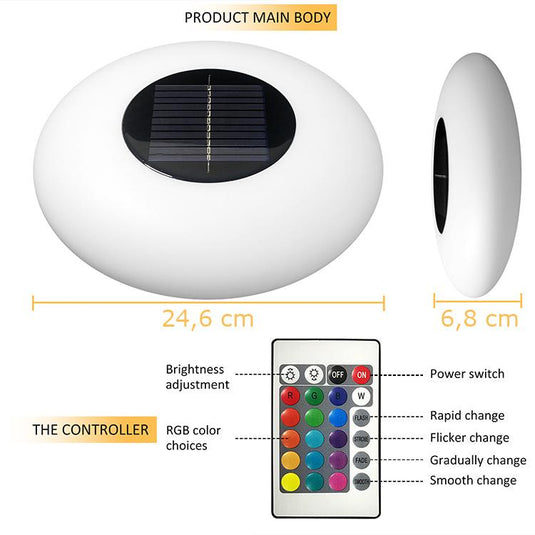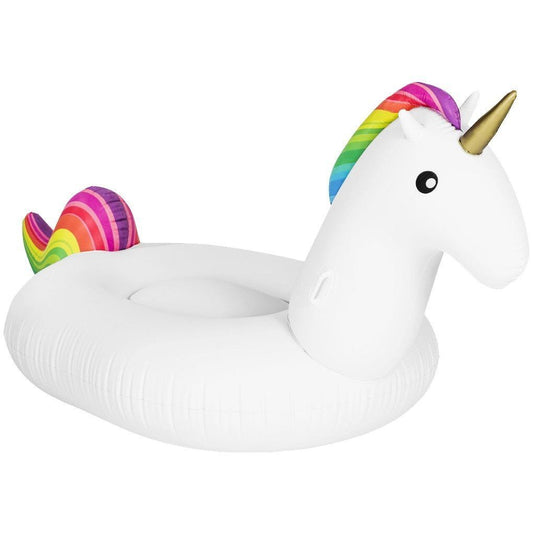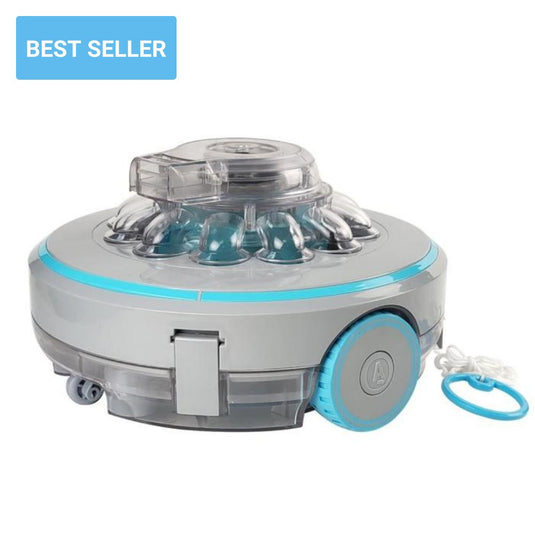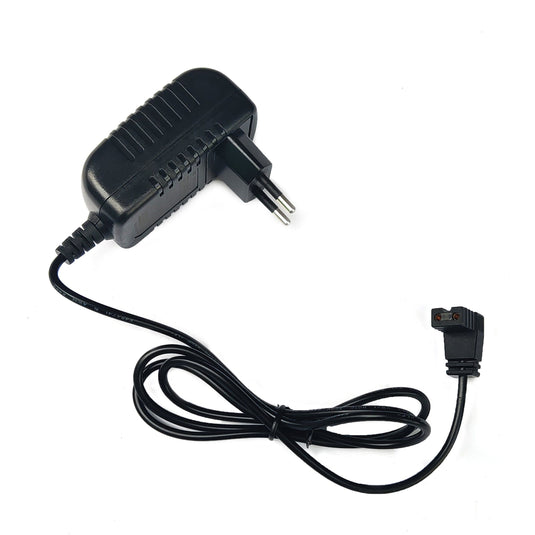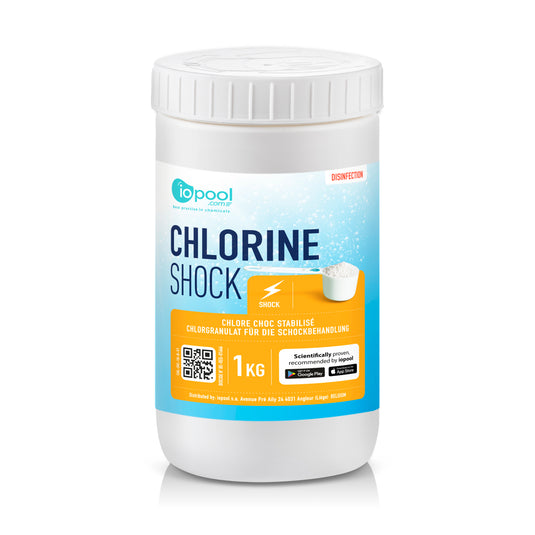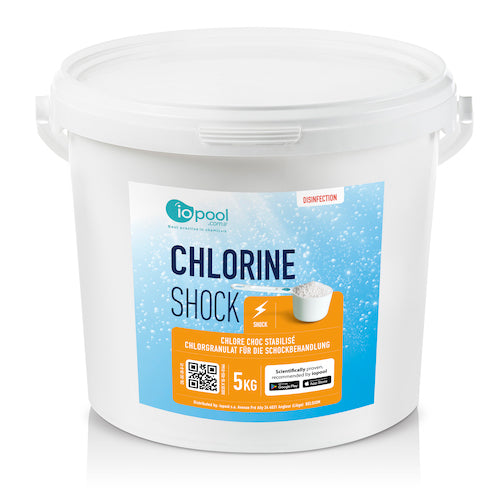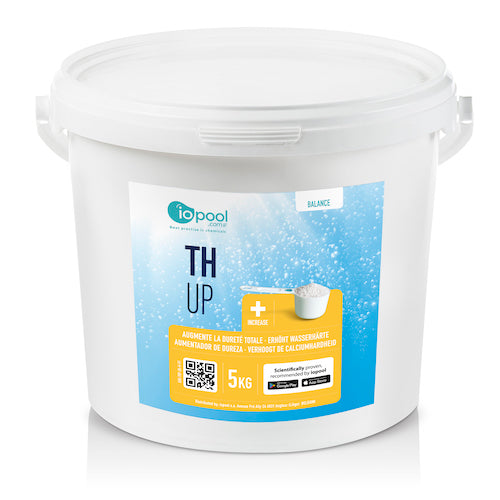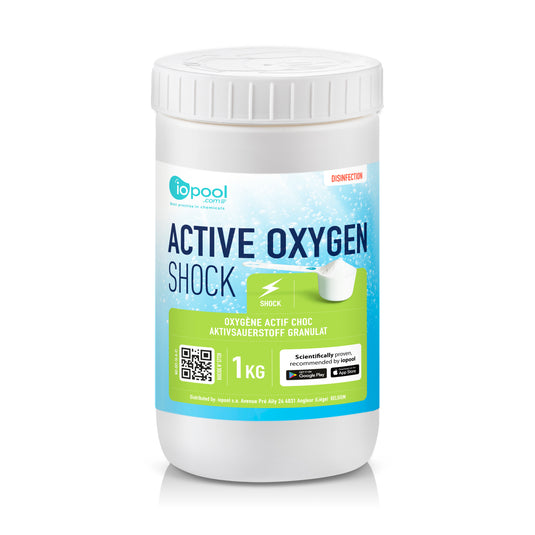How do pH sensors work, by the way?
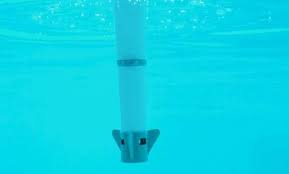
As well as being used to control your swimming pool/spa, ph is fundamental in many other fields: the food industry, water control, laboratories. Yet measuring ph has not always been as easy as it is today. This article summarizes the history and operation of pH probes.
Ph: Reminders
PH, or hydrogen potential, is a measure of the equilibrium between hydrogen ions H+ and OH- in a solution. The pH was defined by the mathematical formula pH=log(1/[H+], in 1893 by the Danish chemist Sørensen. Hydrogen potential is used to define whether a solution is acidic or basic, with a logarithmic measurement scale (concentration is multiplied by 10 to go from pH1 to pH2) ranging from 1 to 14.
Finally! A practical application of logarithms! 😆
In swimming pools and spas, ph influences the effectiveness of disinfectants, the growth of aquatic organisms and the prevention of pipe corrosion. As a reminder, the ideal ph for a swimming pool is between 7.2 and 7.6. Find out more about pool pH here.
History
The first pH electrode was developed in 1909 by two Polish researchers, Fritz Haber and Zygmunt Klemensiewicz. Its principle is based on the difference in H+ ion concentration existing on either side of a very thin glass membrane, generating an electrical potential difference proportional to the pH of the solution in which the electrode is immersed.
NB: H+ ions (hydrogen ions) are positively charged particles present in acidic aqueous solutions. When a substance dissolves in water and releases H+ ions, it is considered an acid.
Modern electrodes are mainly of two types: those with liquid KCl leakage (usually glass) requiring regular refilling, and those with gel without refilling (usually plexi). Liquid KCl electrodes are not suitable for continuous measurement in aquaria, especially as they release K+ and CL- ions into the medium.
Since its invention, the pH probe has become an essential piece of equipment in many fields: chemistry, biology, agriculture, the food industry and even water quality control.
Maintenance
Regular maintenance will extend the life of your probe, and should be carried out as soon as the probe's response time tends to decrease.
It's good for our planet and your wallet!
pH probes are fragile and sensitive to shock. They should not be kept dry. However, they should never be stored in distilled water; at worst, tap water should be used.
If an electrode has dried out, it can be rehydrated by keeping it in a solution of potassium chloride (KCl) for 24 hours before use. Bear in mind that if the bulb/sensor is dirty, never attempt to remove it by friction.
As you can see, pH probes need to be properly maintained and regularly calibrated to guarantee their effectiveness. Probe electrodes can become clogged or degraded over time, which can affect their accuracy. It is therefore advisable to clean and calibrate pH probes regularly, following the manufacturer's instructions.
In addition, certain precautions should be taken when using pH probes. For example, it is important to avoid extreme temperatures (both cold and hot), highly corrosive solutions or very dirty environments. The consequences will be absurd data.
Maintenance musts!
- Cleaning: Clean the pH sensor regularly, following the manufacturer's recommendations. Use specific cleaning solutions or buffers to remove deposits and contaminants that could alter measurements. Tap water may be sufficient. Be careful not to rub the sensor. A simple bath or soak under water is perfect.
- Calibration: Calibrate your pH sensor regularly in accordance with the manufacturer's instructions. Calibration ensures that the sensor provides accurate measurements. It also helps to extend service life and prevent the disposal of devices that are still working. Our EcO probe can now be calibrated with our calibration kit (2023)!
- Proper storage: When the pH probe is not in use, store it in a storage solution recommended by the manufacturer to prevent drying out and deterioration of the electrodes. This is the principle behind winterizing our EcO pool probes.
- Careful handling: avoid shocks, drops or rough handling that could damage the pH sensor.
Focus on calibration 🧪
Calibrating a pH probe is an underestimated process for ensuring that the pH measurements made by the probe are accurate and reliable. Calibration enables the probe to be calibrated by assigning it reference values corresponding to buffer solutions of known pH. Here are the general steps involved in calibrating a pH probe.
- Preparing buffer solutions : You'll need buffer solutions of known pH for calibration. These buffer solutions are generally available in standard values such as pH 4, pH 7. Make sure the buffer solutions are fresh and uncontaminated.
- Rinsing the probe: Rinse the pH probe thoroughly to remove any residues or contaminants that could falsify measurements.
- Soaking the probe: Soak the pH probe in the pH buffer solution closest to the actual value you wish to measure. Make sure the probe is completely immersed and that the electrodes are well covered by the buffer solution.
- pH adjustment: Wait for the pH reading to stabilize. If the reading is different from the buffer solution value, use the probe adjustment knobs or the meter settings to adjust the reading until it matches the buffer solution value.
- Repeat the process: Repeat steps 3 and 4 for the other pH buffer solutions available. Be sure to rinse the probe between each step to avoid cross-contamination.
- Linearity check: Once the calibrations have been carried out, you can check the linearity of the probe by measuring an intermediate buffer solution, such as pH 7. Make sure that the reading corresponds to the expected reference value.
It's best to refer to the recommendations of the probe and meter manufacturer, as well as the good calibration practices specific to your equipment.
Recycling ♻️
It is recommended that used pH probes be collected separately from other waste. There are specific collection programs for electronic waste, including pH probes. Recycling centers, e-waste collection points or waste treatment facilities are preferred.
For example, the electronic components of pH probes can be recycled. Printed circuit boards, wires, connectors and other electronic components can be separated and processed appropriately.
It is important to comply with local regulations and environmental guidelines regarding the recycling of pH probes.

